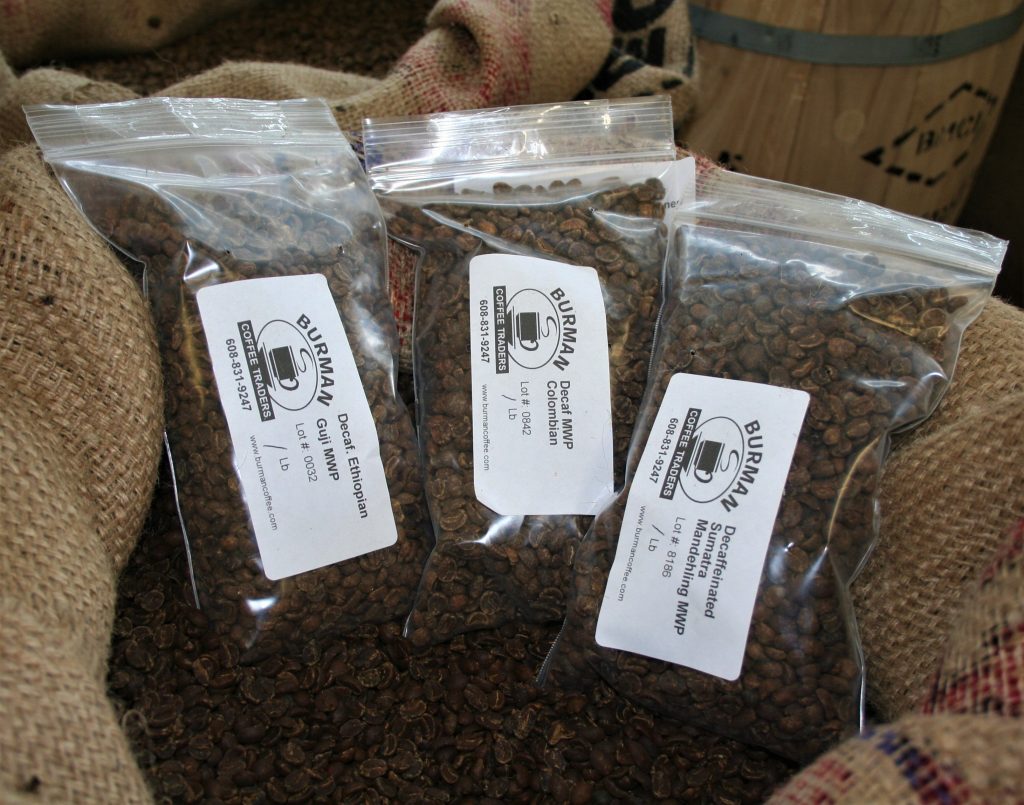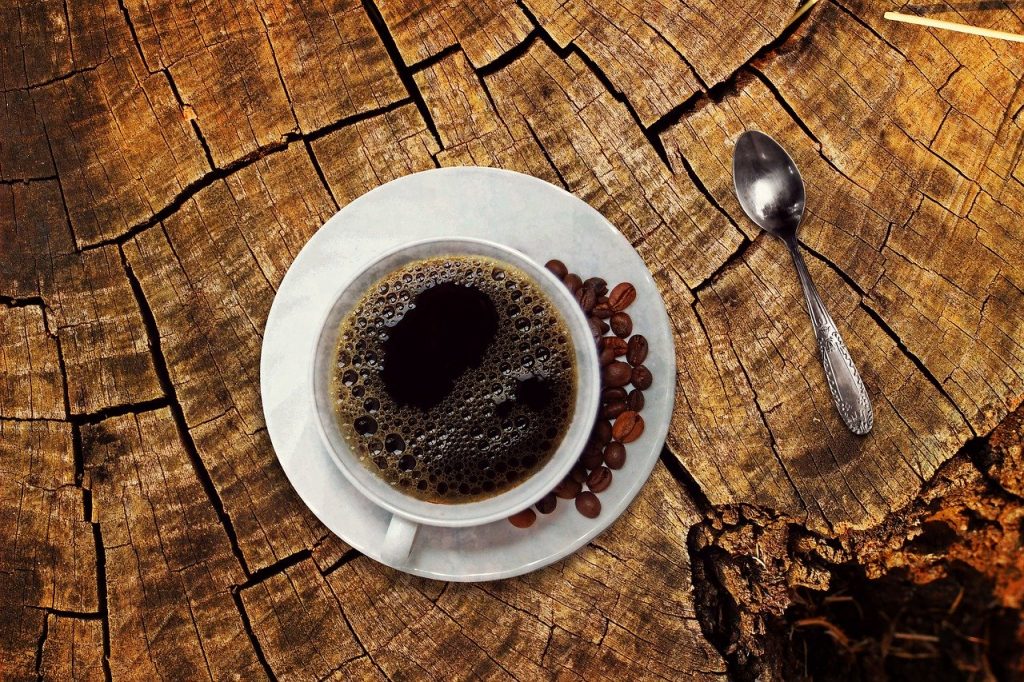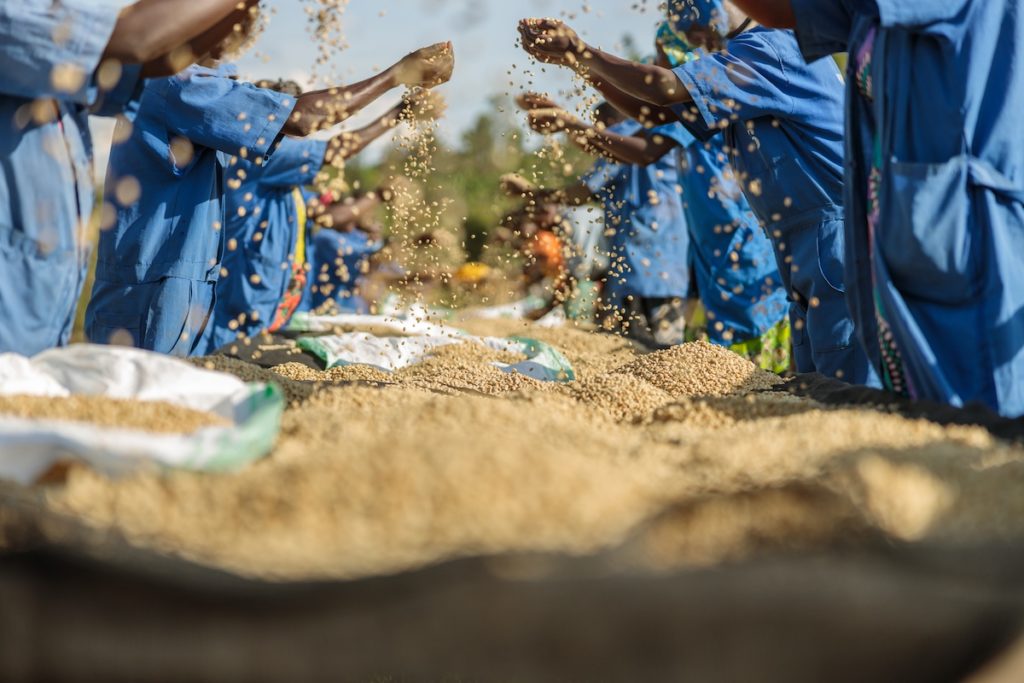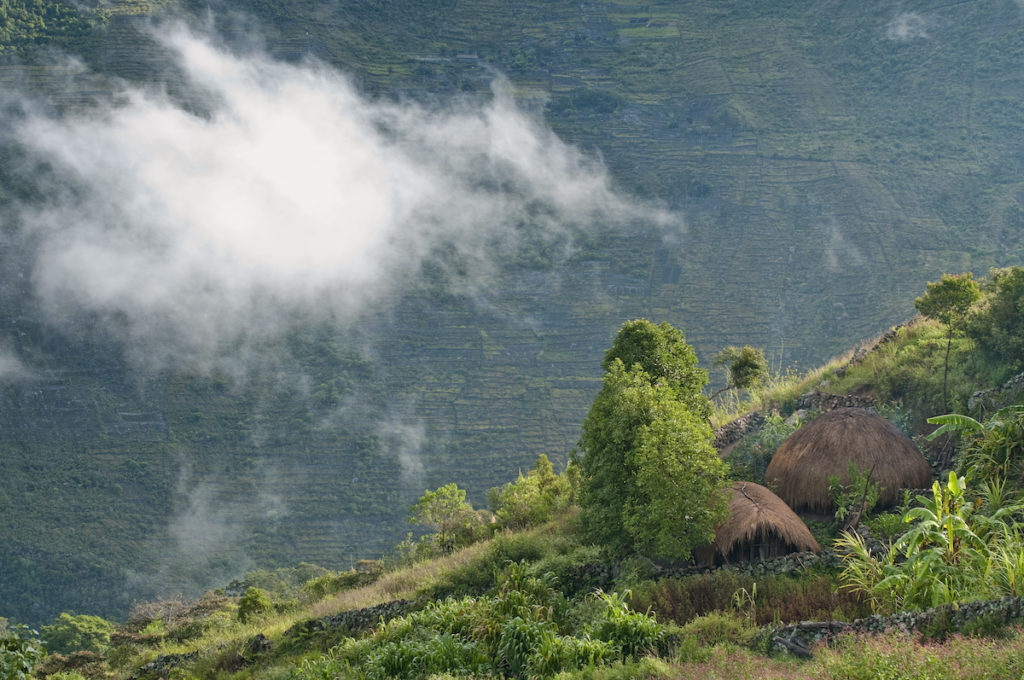It’s helpful for decaffeinated coffee drinkers (and those considering becoming one) to understand how decaf coffee is made. When we raise this question, it is regarding the decaffeination process and not how to brew a cup of decaf coffee. There are different processing methods used to extract the caffeine from harvested green coffee beans.
First of All, Why Do People Choose to Drink Decaffeinated Coffee?
Decaffeinated coffee makes up approximately 12% of worldwide coffee consumption. People may drink decaffeinated coffee for a variety of reasons. Despite going through the decaffeination process, these coffee beans are known to retain most of the antioxidant benefits found in regular coffee.
However, decaffeinated coffee is the drink of choice for some because they may experience adverse effects from caffeine. Effects can include an overwhelmed nervous system, restlessness, anxiety, heart arrhythmia, or digestive problems. Others choose decaffeinated coffee because caffeine disrupts their sleep or their prescription drugs require a caffeine-free diet.
It’s important to note that decaffeinated coffee still contains small amounts of caffeine. The FDA does not regulate the amount of caffeine that is present in decaffeinated coffee. However, as a general guideline, the FDA likes to see anything labeled as decaffeinated coffee to have at least 97% of the caffeine removed. Decaf coffee can contain anywhere from an estimated 2mg to 13 mg of caffeine.
So, How is Decaffeinated Coffee Made Using Different Processes?
Decaffeinated green coffee beans are processed in different ways. Listed below are some of the better-known ones.
1. Direct Solvent Decaffeination Method
This process is likely the most well-known decaffeination method. This method was used to create the first batch of decaffeinated coffee beans in the early 1900s.
This process begins with steaming green coffee beans which opens their pores. They are then soaked in a solvent. These days this solvent is either methylene chloride or ethyl acetate. Earlier in history, the solvent used was benzene. However, it was eventually found to be carcinogenic.
The solvent absorbs the caffeine from the coffee beans. Unfortunately, some of the flavor compounds are also absorbed in the process.
The steaming, drying, and roasting of the decaffeinated beans removes any remaining solvents.
2. Indirect Solvent Decaffeination Method
Similar to the Direct Solvent Method, and just as the name indicates, a solvent is used to decaffeinate green coffee beans. However, in this method, the solvent does not come in direct contact with the beans.
Instead of steaming them, the green coffee beans are soaked in hot water where the caffeine and flavor compounds dissolve. After the beans are removed, the solvent is added to this water. The solvent absorbs the caffeine and a small amount of the flavor compounds from the water.
The water is then separated from the solvent. The green coffee beans are then added back to this water where it can reabsorb the lost flavor compounds.
After the beans are removed from the water, they are dried and roasted.
3. Water Processing
High-end or organic coffees typically go through this decaffeination process. The absence of chemicals is what makes this process attractive.
Similar to the Indirect Solvent Method, Water Processing begins with green coffee beans soaking in hot water. While soaking, the caffeine and flavor compounds are dissolved.
Also, similarly, the caffeine is extracted from the new solution. However, in Water Processing, the extraction occurs using activated carbon filters and not a solvent.
These filters remove the caffeine molecules from the solution, leaving the flavor compounds in the water.
This water is then added to a new batch of green coffee beans. (The original batch is thrown out.) Because this new solution includes flavor compounds, it will not dissolve or remove the flavor from the new batch of beans. Subsequent batches of green coffee beans can reuse this solution. However, it is best used on similar coffee beans so flavors aren’t intermixed.
4. Carbon Dioxide Method
With this decaffeination method, green coffee beans are soaked in highly compressed carbon dioxide. This carbon dioxide is in liquid form and is created from gaseous carbon dioxide under high compression and cool temperatures.
Similar to the Water Processing, the green coffee beans are first soaked in water. The beans are then transferred to an extraction vessel where liquid carbon dioxide is pumped in at a higher pressure level. In this step, the carbon dioxide acts as a solvent and removes the caffeine from the coffee beans. However, it leaves the flavor compounds behind.
This caffeinated carbon dioxide solution is transferred to an absorption chamber. Once in this container, the pressure is released and the carbon dioxide changes to a gaseous state. As it changes, the caffeine is left behind. The gas form of the carbon dioxide is returned to a pressurized container where it is used again in liquid form on future batches of green coffee beans.
The Carbon Dioxide Method can be relatively expensive and usually used with very large batches of commercial-grade coffee. However, this method is known to be more selective in the extraction of caffeine molecules over flavor compounds.
Using any of these decaffeination methods, the resulting coffee not only has less caffeine but it also has less acidity. In addition, some people believe the coffee’s health benefits are stripped away along with some of the flavor. However, when considering the negative effects of caffeine you will avoid, you may not mind the altered flavor.
When choosing decaffeinated green coffee beans, consider purchasing blends instead of single variety beans. Different varieties will react to decaffeination processes differently. Purchasing a blend will help balance out changes in flavors caused by decaffeination.
How is Roasting Decaf Coffee Beans Different From Roasting Regular Ones?
Roasting decaffeinated coffee beans can be more difficult for a few different reasons:
1. You can’t rely on the color of the decaf coffee beans as much as you can with regular coffee beans
Different decaffeination processes can result in a variety of green coffee bean colors. After going through decaffeination, the green coffee beans turn into various shades of brown. Therefore, you can’t rely on the color of the beans to determine the stages of roasting or roast levels.
2. When roasting decaffeinated green coffee beans, cracking occurs at a different temperature than regular ones.
A slow rise in temperatures is important for decaffeinated green coffee beans. However, you will need to rely less on temperature levels to determine roast levels. Instead, it will be important to pay attention to the sounds during the roast process. The second crack for decaffeinated beans will be softer.
3. The timing will be different when roasting decaffeinated green coffee beans
During the decaffeination process, these green coffee beans have already gone through the additional stress of expansion (rehydration) and contraction (drying). Therefore, these beans will likely release moisture earlier in the roasting process. This will make the first crack look different for decaffeinated coffee beans than it would for regular ones.
In addition, the time period between the first and second crack will be longer than that of regular coffee beans. This longer time period is related to the recommended slow rise of temperature during the roasting process.

Burman Coffee offers a great selection of decaffeinated green coffee beans. If you need help selecting decaffeinated coffee based on your personal preferences, please contact us. We would love to help you find the beans to make your perfect cup of decaffeinated coffee.






How are your green decaf beans processed? I would prefer to order water processed beans, only.
We only stock water processed decafs at this time.
MWP is Mountain Water Processed – this is mainly what we carry.
SWP is Swiss Water Processed – occasionally we find a nice lot of SWP as well but a little more uncommon for the offer list.